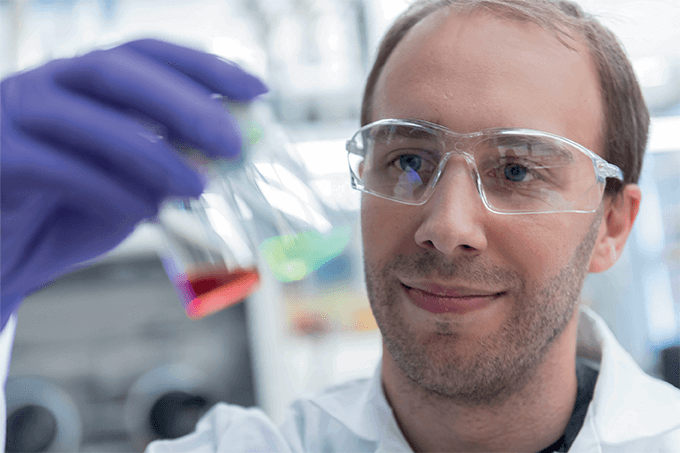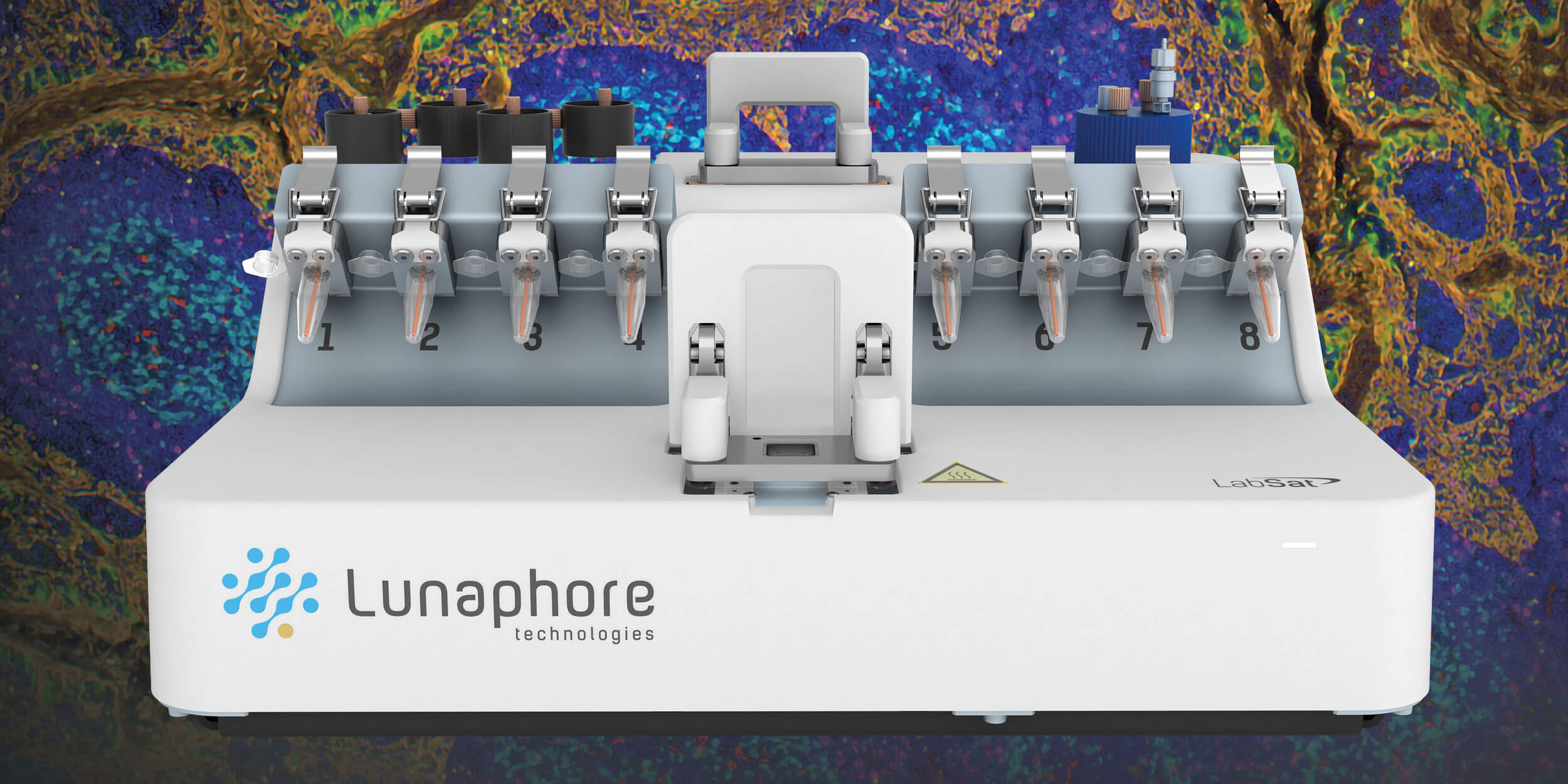
Grappling GK
How a new compound promises to selectively activate hepatic glucokinase in a bid to treat type 2 diabetes.
Developing effective drugs to treat diabetes remains a challenge – despite a perception that everything is already invented, and that patients have the drugs they need. In truth, a good proportion of patients do not respond to current treatments (1). A new compound, described in Science Translational Medicine, may allow for selective activation of glucokinase (GK) – the key regulator of glycolysis – providing an alternative approach to current therapies. (2)
Carmen Valcarce is a lead author on the paper and Chief Scientific Officer at vTv Therapeutics, the company driving the development of the new compound. Inspired by patients with persistent hyperinsulinemia hypoglycemia of Infancy (PHHI), many of whom have activating mutations in GK – she explains the rationale behind the approach. “We already knew about people who had reduced GK activity – they suffered from diabetes,” she says. “But this was the first time that we really studied people with these activating mutations.”
This triggered new questions. Could a therapeutic be applied that would upregulate the activity of GK in patients with diabetes? The first step was to examine what had already been done. “We thought that the strategy that everyone at the time was following – targeting GK in the whole body (including the pancreas) was not the right approach,” explains Valcarce. “We thought we should only target GK in the liver.”
The researchers began an extensive screen in the hope of finding a molecule that only activated GK in the liver – but that wasn’t the only challenge. “We had to confirm whether our molecules were interfering with the normal physiological regulation by GK regulatory protein (GKRP),” explains Valcarce. “In parallel, we had to consider the effect our drug could have on lipid accumulation.”
Eventually, the team uncovered TTP339 – a selective activator of hepatic GK. The results from the trials were encouraging. “The compound was liver-specific and didn’t interfere with regulatory proteins, didn’t cause hypoglycemia, and we did not observe the accumulation of lipids,” says Valcarce. The animal data proved equally promising, which the team presented at a meeting of the American Diabetes Association (ADA) in 2018.
The next step was to prove the drug could be translated into the clinic. And that’s where another hurdle came up. “Two companies actually presented data on similar compounds where the effect disappeared after three months of treatment,” says Valcarce. “That’s why we did a 6-month study – to prove the effect wasn’t transient.” Valcarce is cautiously optimistic despite looming phase 3 trials.
Beyond that, Valcarce is already considering the next challenge. “We are in discussions to do another study to follow up our work, but with people of type 2 diabetes and fatty liver,” she explains. “It will be interesting to see if our compound has any effect on fatty liver. In our models, we note that knockouts for GK result in fatty liver. As a result, we think the current paradigm is the wrong way around – but we have to prove this is the case in humans first.”
- NC Foster et al., “State of Type 1 Diabetes Management and Outcomes from the T1D Exchange in 2016-2018”, Diabetes Technol Ther [Epub ahead of Print] (2019). PMID: 30657336.
- A Vella et al., “Targeting hepatic glucokinase to treat diabetes with TTP399, a hepatoselective Glucokinase activator”, Sci Transl Med, 11, 475 (2019). PMID: 30651321.
















